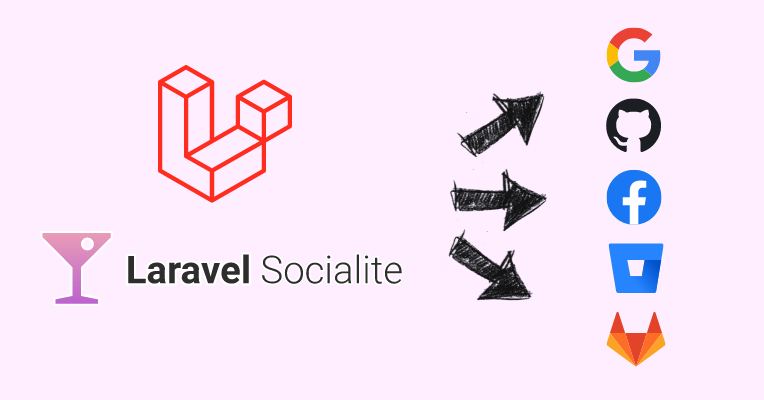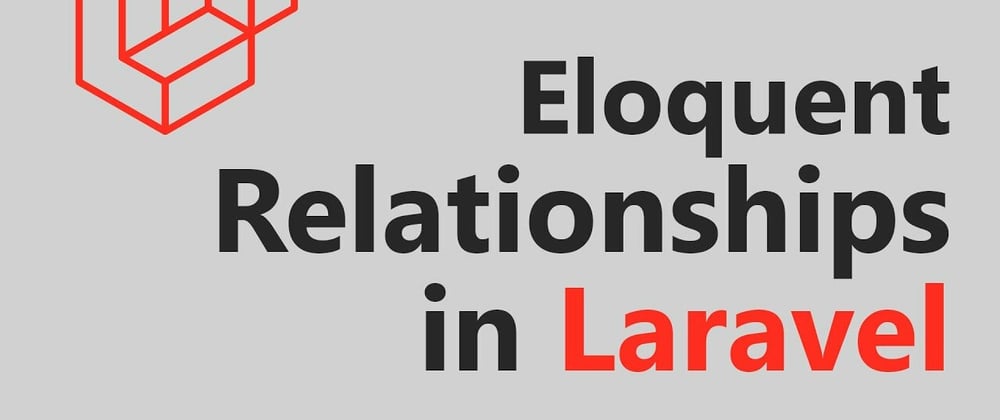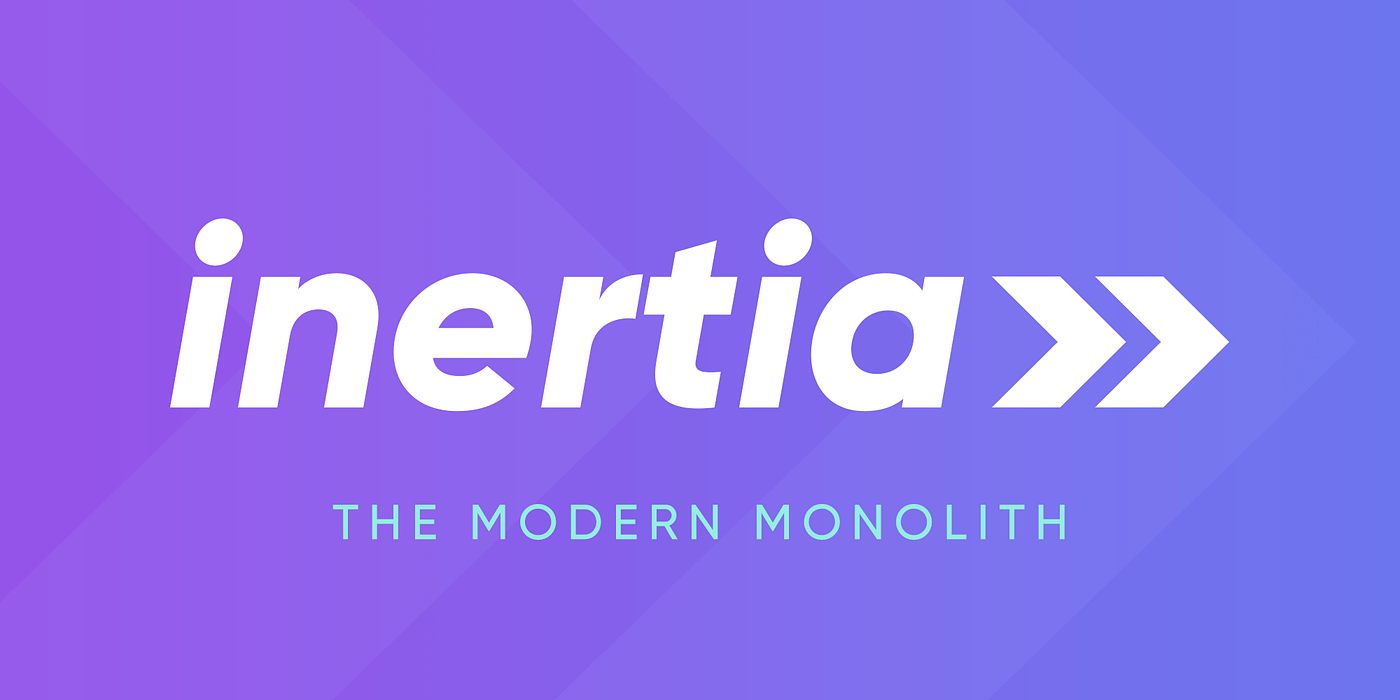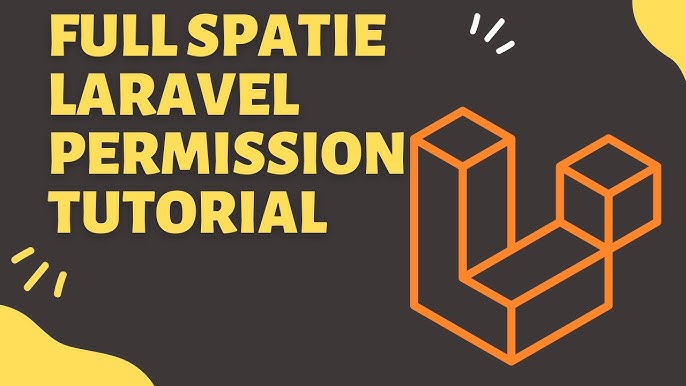Social login help simplifies registration and login for the end users. Socialite is a social login package provided by Laravel. This package allows us to seamlessly integrate social logins like Facebook, Twitter, Google and many more. The list of adapters that Socialite provides can be found here.
A Google Cloud Platform (GCP) account is required for this example.
Installation
First we need to scaffold our application with Laravel breeze. You can follow the steps provided here.
Once the scaffolding is done, we will need to install the socialite package into our application.
composer require laravel/socialite
Setting Up Migrations
Let's create a table to store the user's socialite login.
php artisan make:migration CreateSocialiteLoginsTable
Next, setup the columns for our socialite_logins table.
use IlluminateDatabaseMigrationsMigration;
use IlluminateDatabaseSchemaBlueprint;
use IlluminateSupportFacadesSchema;
class CreateSocialiteLoginsTable extends Migration
{
public function up(): void
{
Schema::create('socialite_logins', function (Blueprint $table) {
$table >id();
$table >foreignId('user_id') >references('id') >on('users');
$table >string('provider_id');
$table >string('provider');
$table >timestamps();
});
}
public function down(): void
{
Schema::dropIfExists('socialite_logins');
}
}
The user_id column will be used to map the socialite logins to the users. The type of provider will be saved in the provider column, i.e google.
Considering that the users are not required to register, make sure to change the password column in our CreateUsersTable migration to nullable, .
Setting Up Models
Create a SocialiteLogin model.
php artisan make:model SocialiteLogin
Since we are only implementing the Google authentication and a user can only have one Google account, the relationship between the SocialiteLogin model and User model is One to One.
If you feel like implementing another social login, you will need to change the relationship to
Many to One.
Add the user_id, provider and provider_id field to the $fillable property in the SocialiteLogin model.
namespace AppModels;
use IlluminateDatabaseEloquentFactoriesHasFactory;
use IlluminateDatabaseEloquentModel;
use IlluminateDatabaseEloquentRelationsBelongsTo;
class SocialiteLogin extends Model
{
use HasFactory;
protected $fillable = [
'user_id',
'provider',
'provider_id'
];
public function user(): BelongsTo
{
return $this >belongsTo(User::class);
}
}
Next, add the socialiteLogin relationship in the User model.
namespace AppModels;
use IlluminateDatabaseEloquentFactoriesHasFactory;
use IlluminateFoundationAuthUser as Authenticatable;
use LaravelSanctumHasApiTokens;
class User extends Authenticatable
{
use HasFactory;
use HasApiTokens;
/**
* The attributes that are mass assignable.
*
* @var string[]
*/
protected $fillable = [
'name',
'email',
'password',
];
/**
* The attributes that should be hidden for serialization.
*
* @var array
*/
protected $hidden = [
'password',
'remember_token',
];
/**
* The attributes that should be cast.
*
* @var array
*/
protected $casts = [
'email_verified_at' => 'datetime',
];
// change this to HasMany
// if you are implementing
// more than one social login
public function socialiteLogin(): BelongsTo
{
return $this >belongsTo(SocialiteLogin::class);
}
}
Setting Up Google Cloud Platform
Login to a Google Cloud Platform account and select a project or create one. Click on the sidebar and navigate to the API and services > OAuth Consent Screen.
Setting Up OAuth Consent Screen
We will be greeted by this screen.

Since we are authenticating external users, the user type that we'll be selecting is external.
Once we have selected the type of user, we will be redirected to the OAuth Consent Screen page. We are only required to fill in the app information section and the developer contact information.

The developer contact information will be your personal/work email.

After setting up the app information, we will be setting up the scope of permission that is needed for our application. Click the add or remove scopes and select userinfo.email and userinfo.profile scope.

Click save and continue and setup the test user with an existing gmail account.
Setting Up Credentials
Proceed to the credentials tab located on the sidebar and create a new OAuth Client ID. The application type we are using is web application.
If you are developing with an SPA, you will need to setup the
Authorized JavaScript Originsection. Thehttp://localhost:3000url is sufficient for this field.
The Authorized Redirect URIs is where we are going to handle the authentication of the user based on their email and profile. Our url will be http://127.0.0.1:8000/login/google/callback.

Once we have created the credentials, we will be given the CLIENT_ID and CLIENT_SECRET values.
The credentials will be placed in services.php config and .env file.
// .env
GOOGLE_CLIENT_ID=
GOOGLE_CLIENT_SECRET=
GOOGLE_REDIRECT_URI= // callback url
// services.php
'google' => [
'client_id' => env('GOOGLE_CLIENT_ID'),
'client_secret' => env('GOOGLE_CLIENT_SECRET'),
'redirect' => env('GOOGLE_REDIRECT_URI'), // callback url
]
Setting Up URL and Callback
Create a SocialiteLoginController controller. This controller will be consisting of two functions, redirectToProvider and handleProviderCallback
php artisan make:controller SocialiteLoginController
Handling The Redirection and Callback
The redirectToProvider will only redirect the user to the google authentication page via the Socialite Driver.
Moving on to the handleProviderCallback. First we get the user from the Socialite driver. This user returns a variety of informations since the Google provider supports OAuth2.0.
In our case, we only need the user's email, name and id of the provider. We will be using Laravel's firstOrCreate method to identify if the user exists. If it does not, we will create a new user.
We will be using the same method for our SocialiteLogin model. We are doing this to ensure that there is no duplication for the socialite login since a user can only have one google account.
We can now safely authenticate the user by using Laravel's auth helper and redirect them to the dashboard.
The controller will look something like this.
namespace AppHttpControllers;
use LaravelSocialiteFacadesSocialite;
class SocialiteLoginController extends Controller
{
public function redirectToProvider()
{
return Socialite::driver('google') >redirect();
}
public function handleProviderCallback()
{
$socialiteUser = Socialite::driver('google') >user();
$user = User::firstOrCreate(
[
'email' => $socialiteUser >getEmail(),
],
[
'name' => $socialiteUser >getName(),
]
);
SocialiteLogin::firstOrCreate(
[
'user_id' => $user >id,
'provider' => 'google',
],
[
'provider_id' => $socialiteUser >getId()
]
);
auth() >login($user);
return redirect(route('dashboard'));
}
}
Setting Up The Route
Add the controller to the web.php route file.
// web.php
Route::get('/login/google', [SocialiteLoginController::class, 'redirectToProvider']);
Route::get('/login/google/callback', [SocialiteLoginController::class, 'handleProviderCallback']);
The callback url needs to be the same with what we have setup in our Google Cloud Platform.
Updating the UI
We begin by starting our development server.
php artisan serve
The UI is pretty simple compared to what we have done so far.
Since we will be doing a redirection, using an anchor tag makes more sense than using a button. Paste the code below to the login.blade.php.
Make sure to change the url accordingly
// login.blade.php
<a
href="/login/google"
class="ml 3 inline flex items center px 4 py 2 bg gray 800 border border transparent rounded md font semibold text xs text white uppercase tracking widest hover:bg gray 700 active:bg gray 900 focus:outline none focus:border gray 900 focus:ring ring gray 300 disabled:opacity 25 transition ease in out duration 150"
>
Login Google





